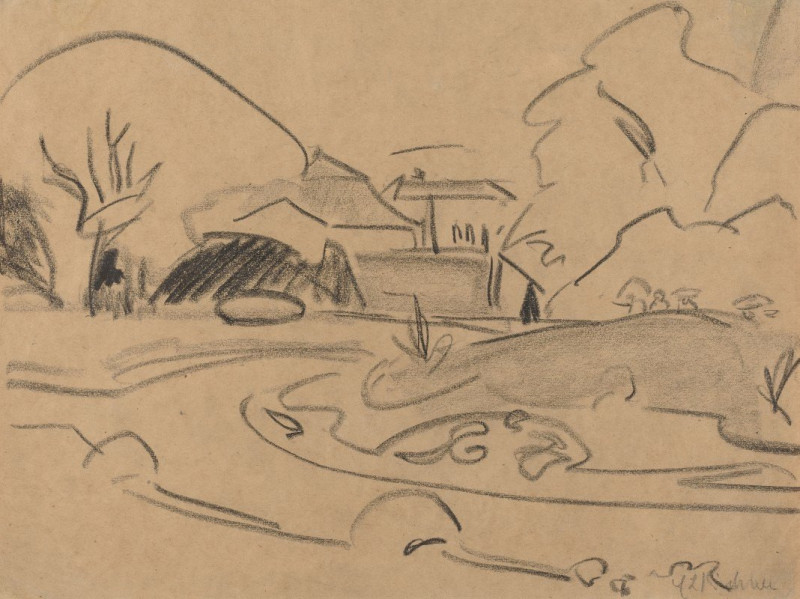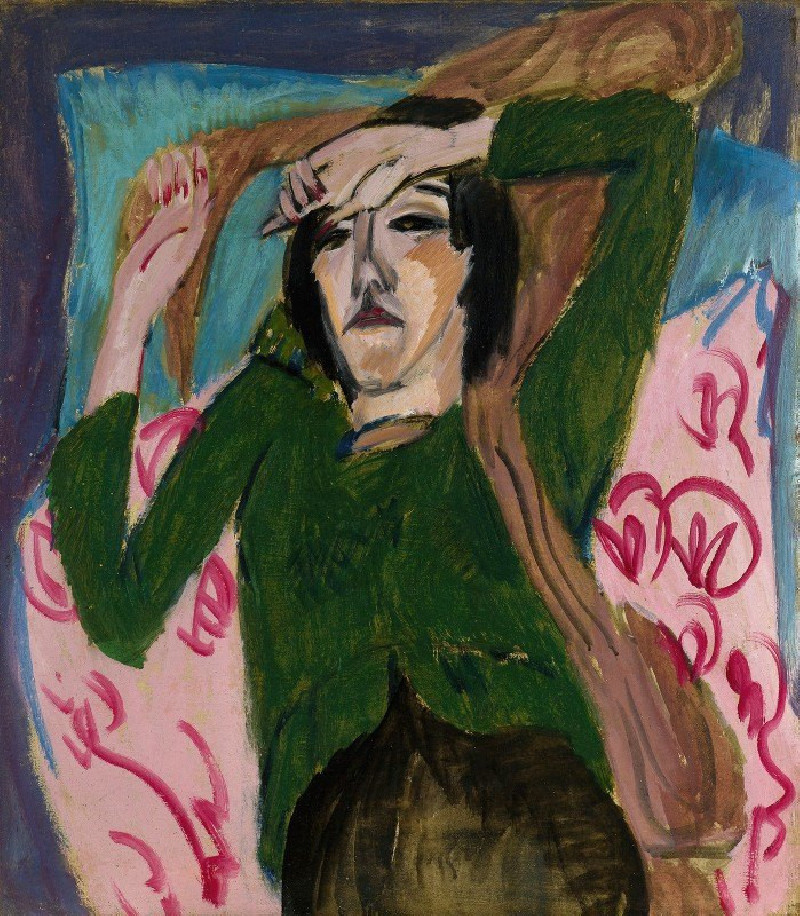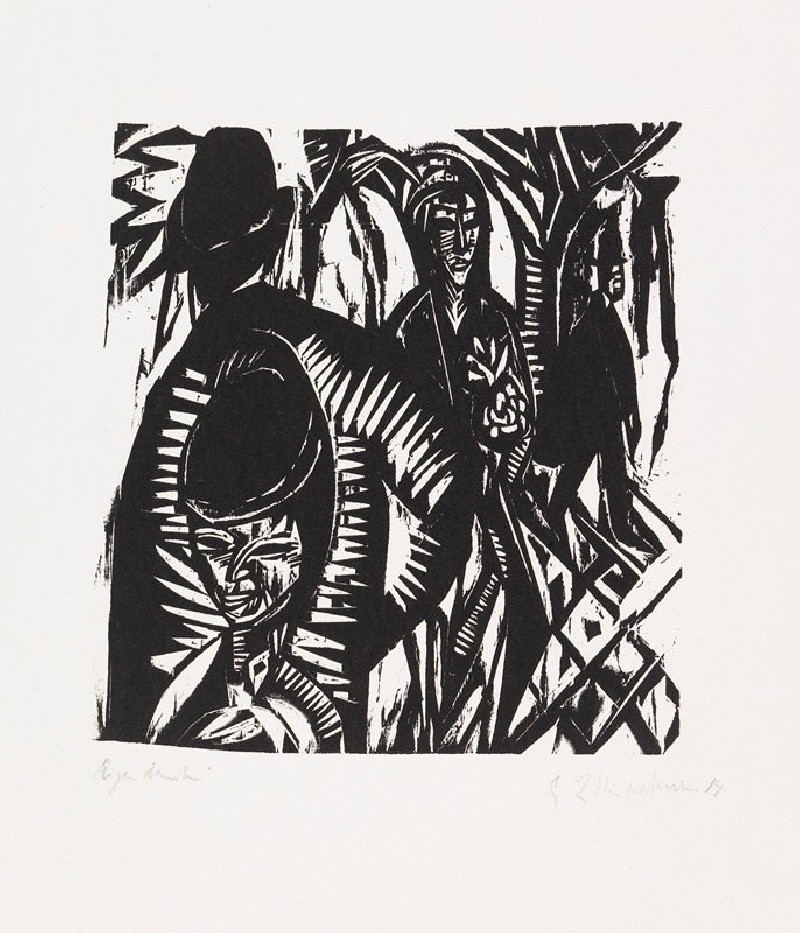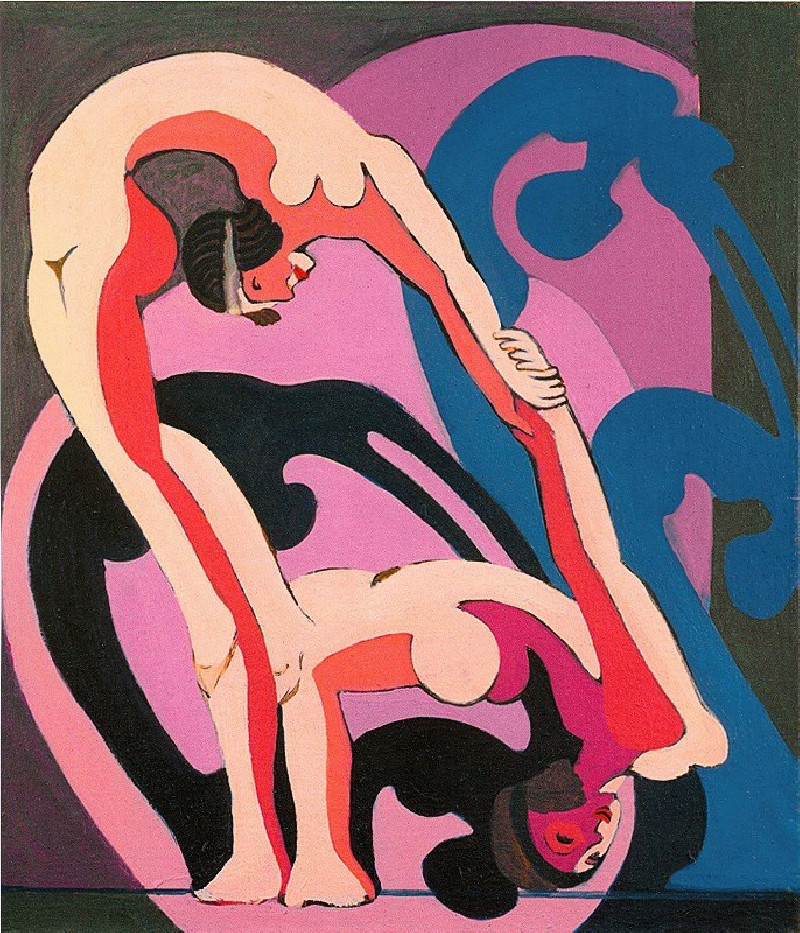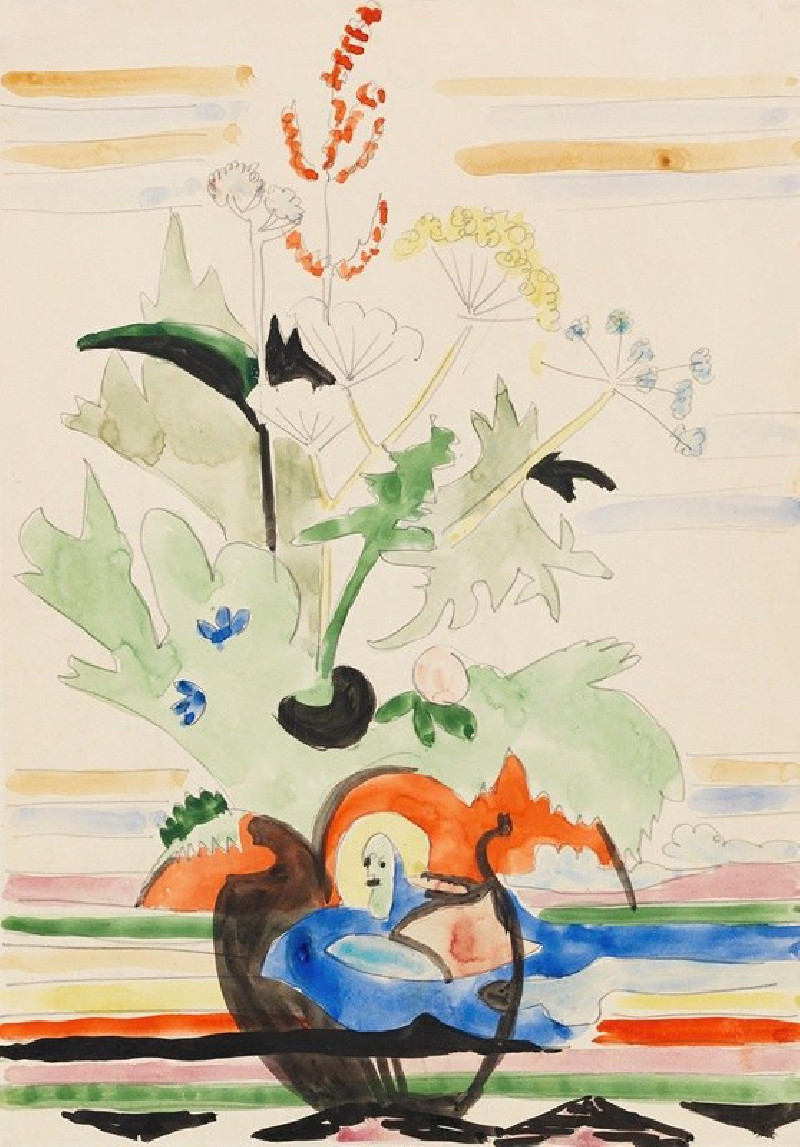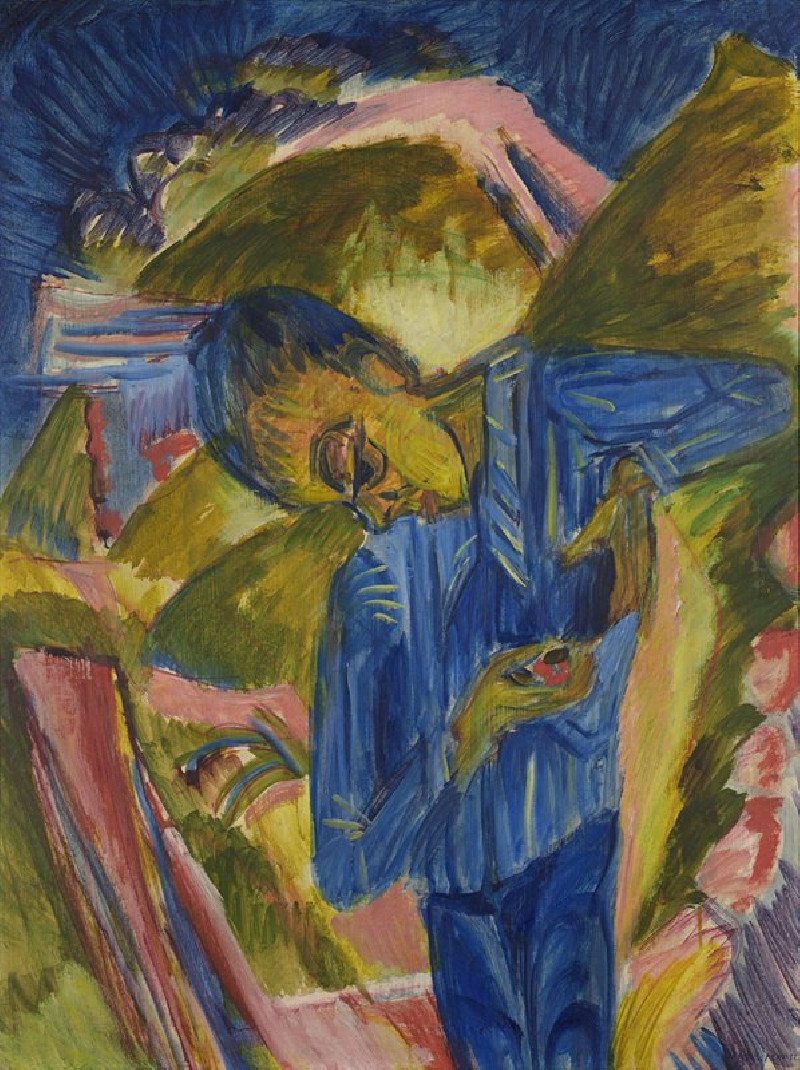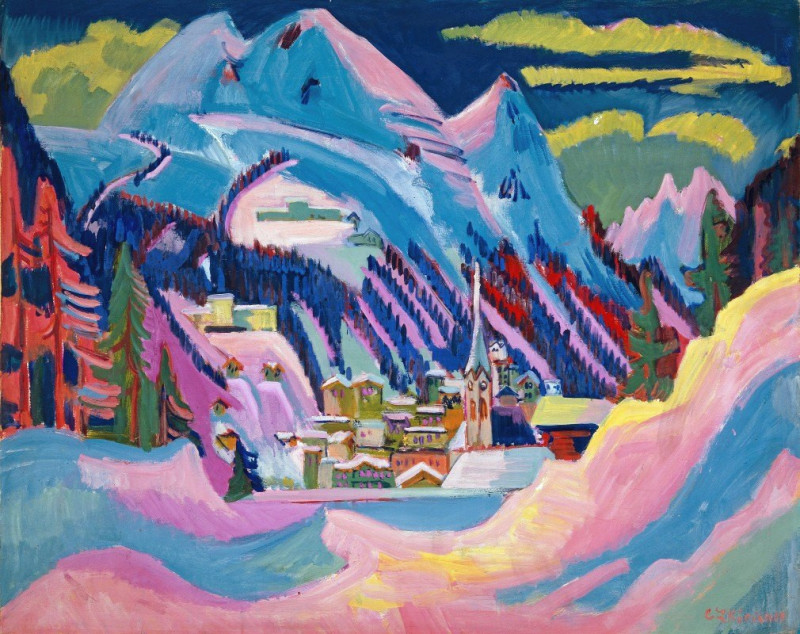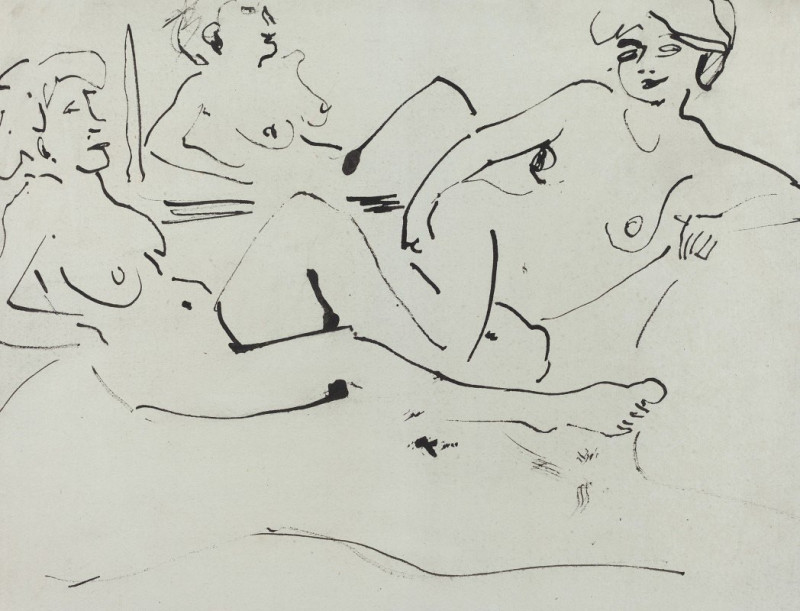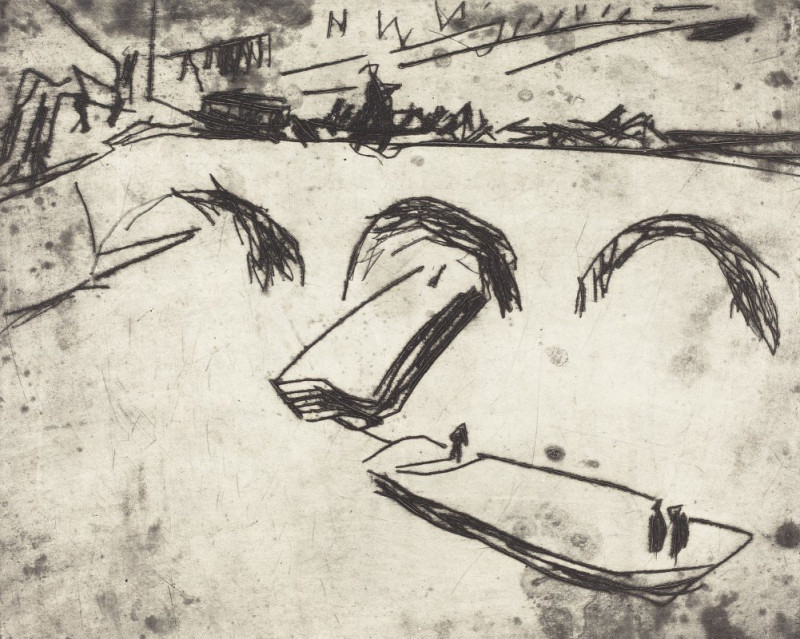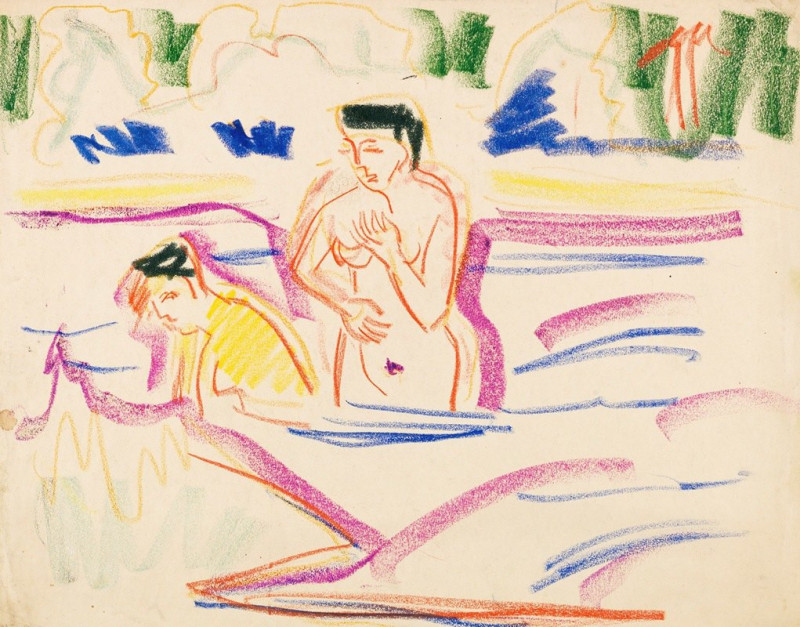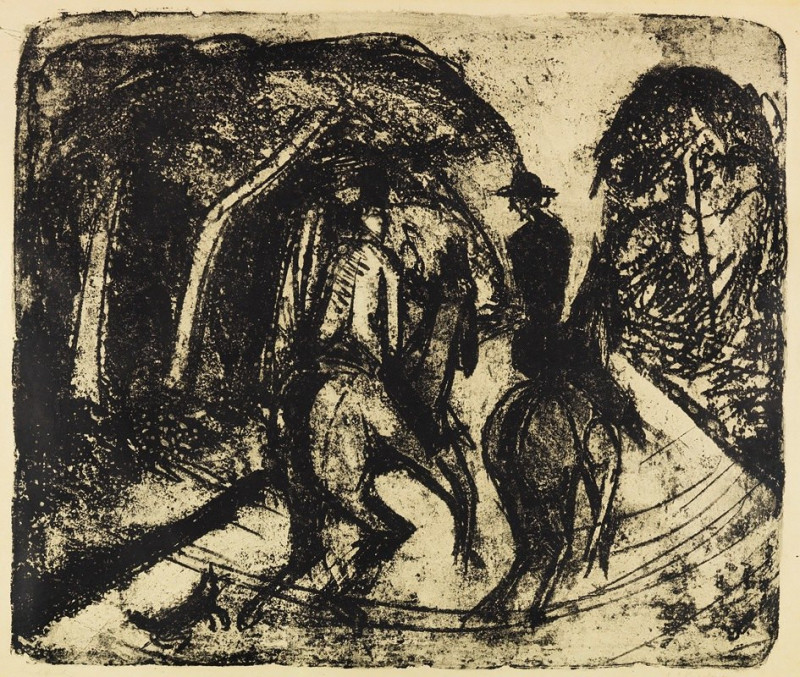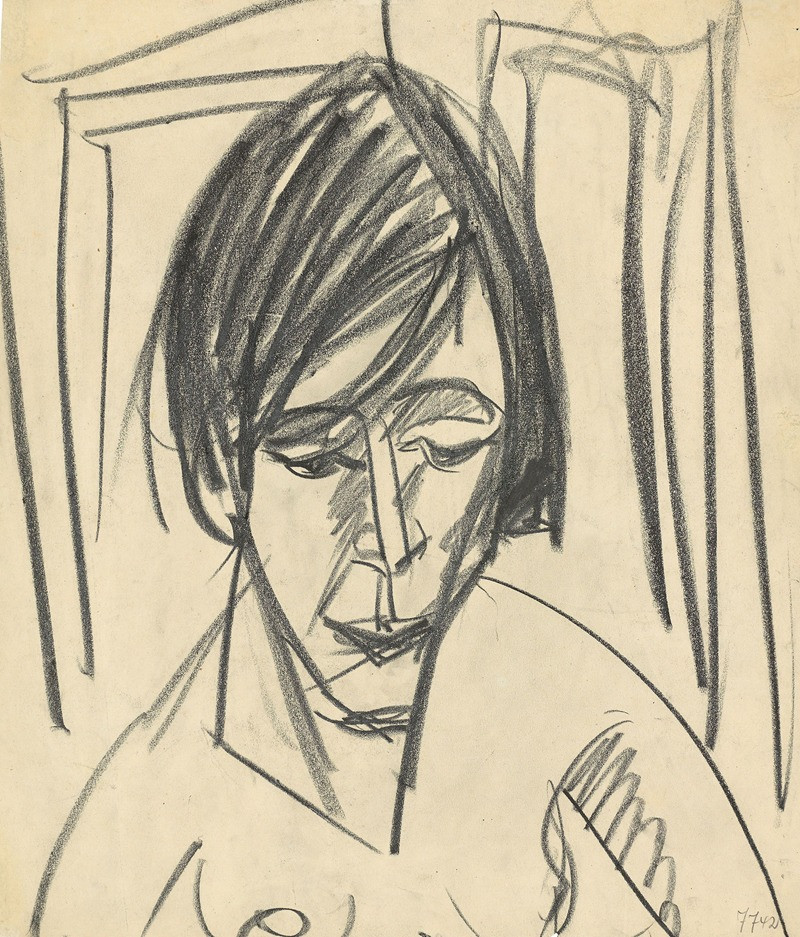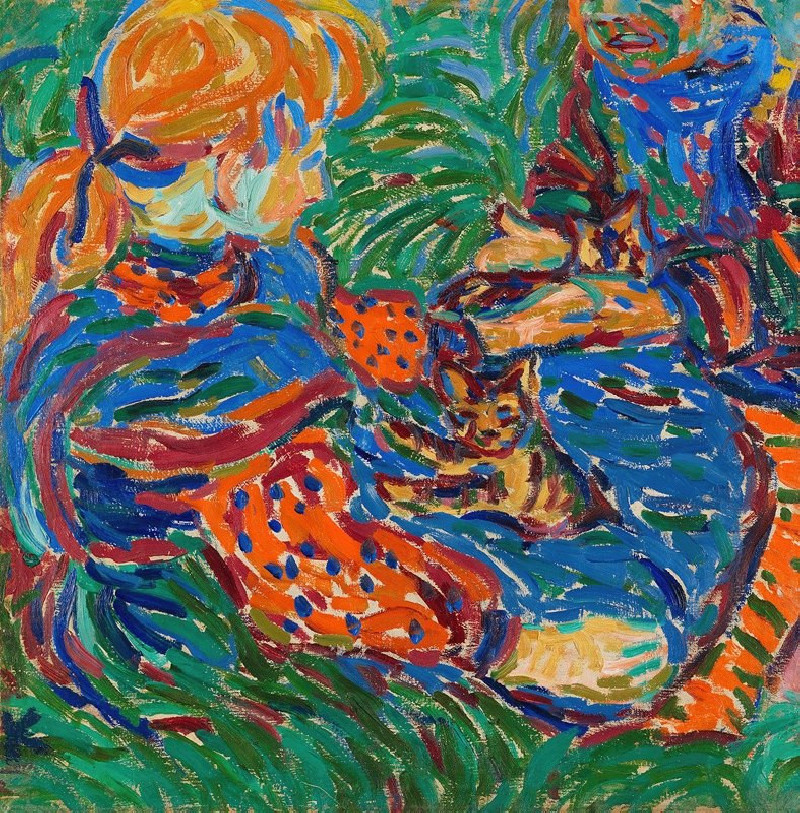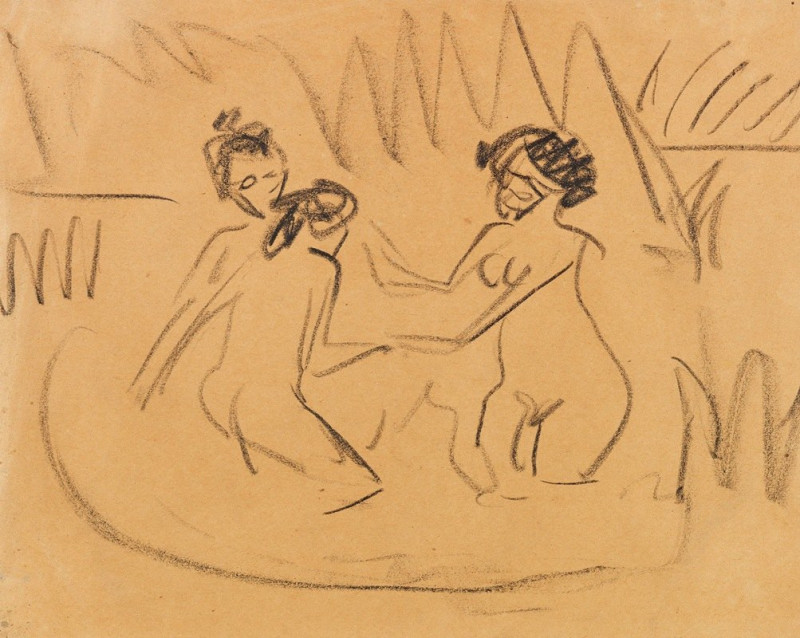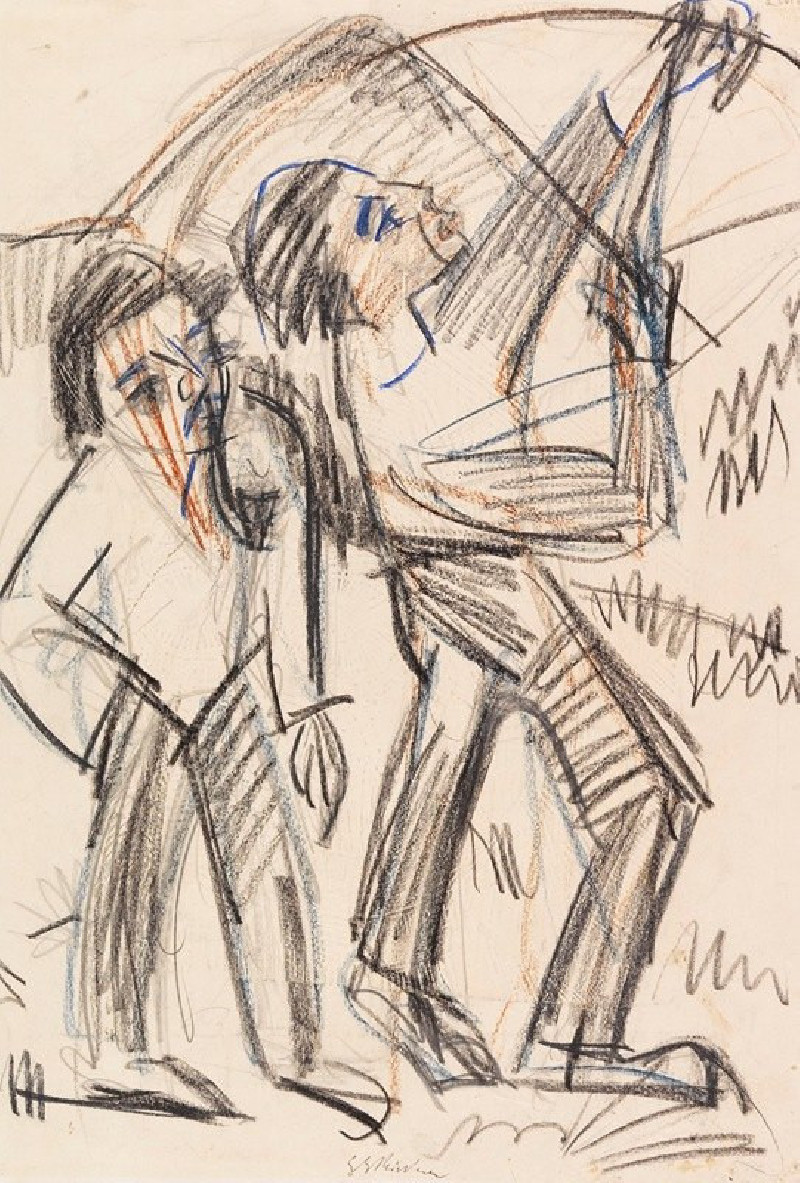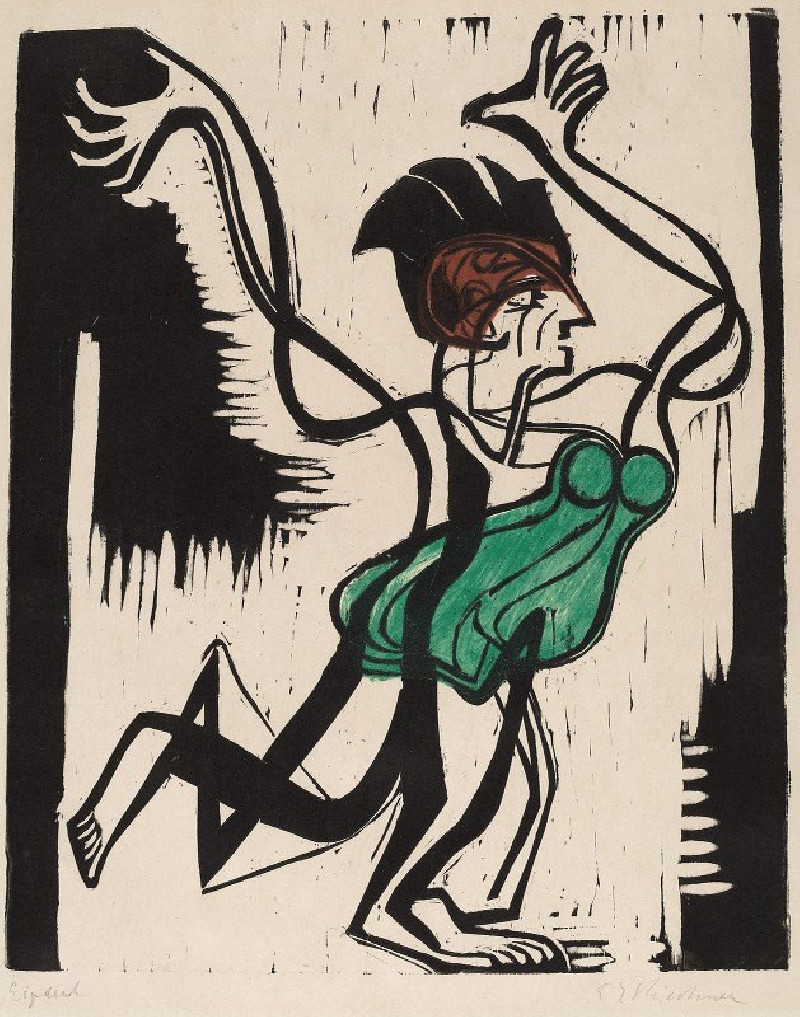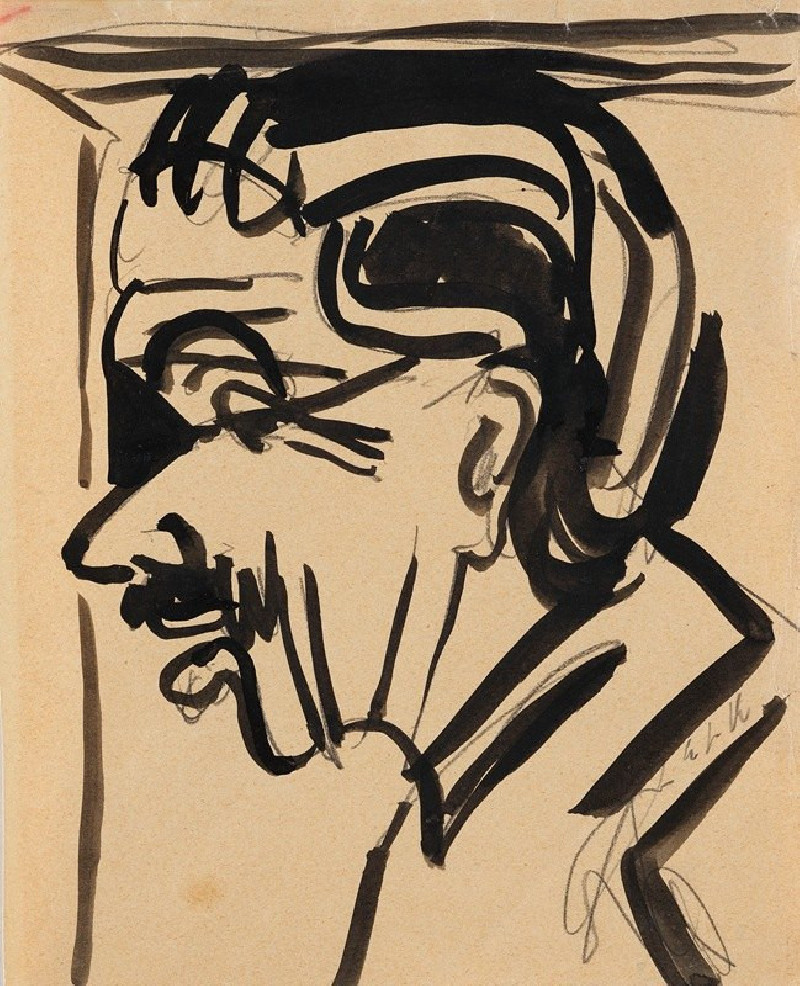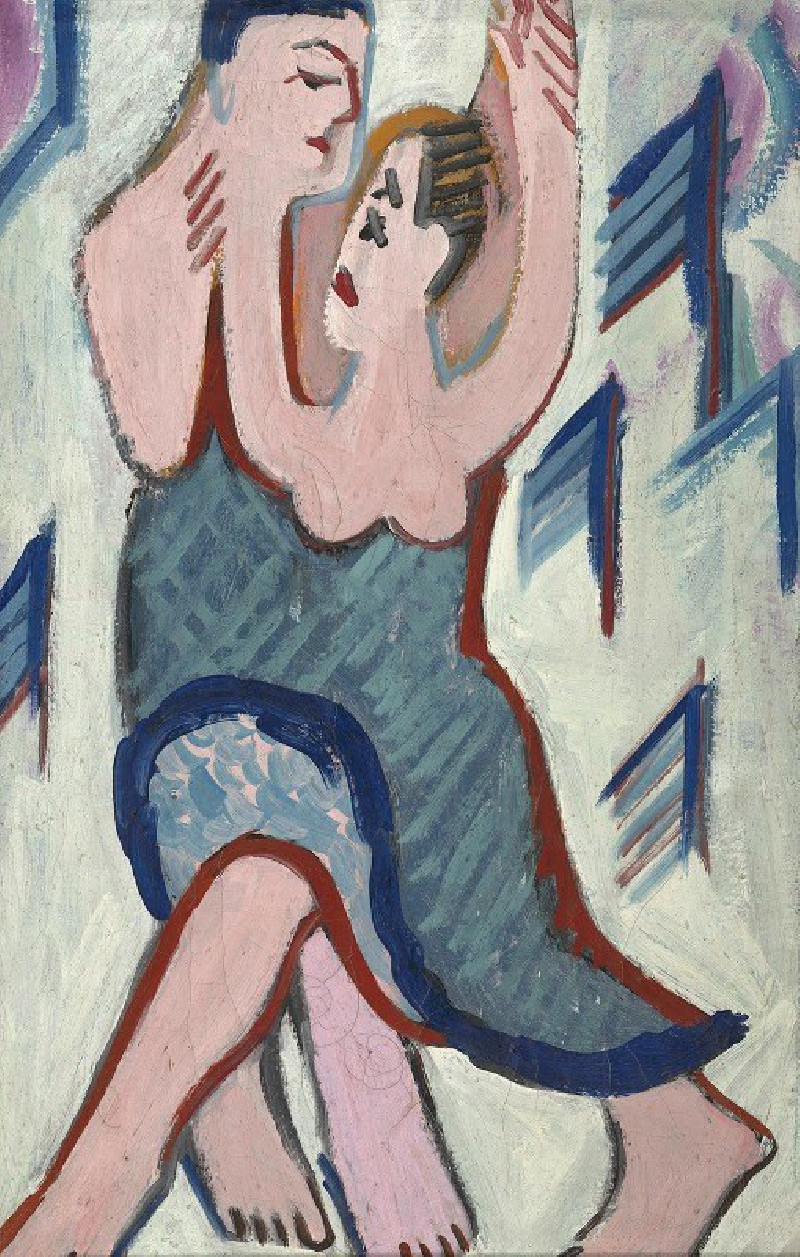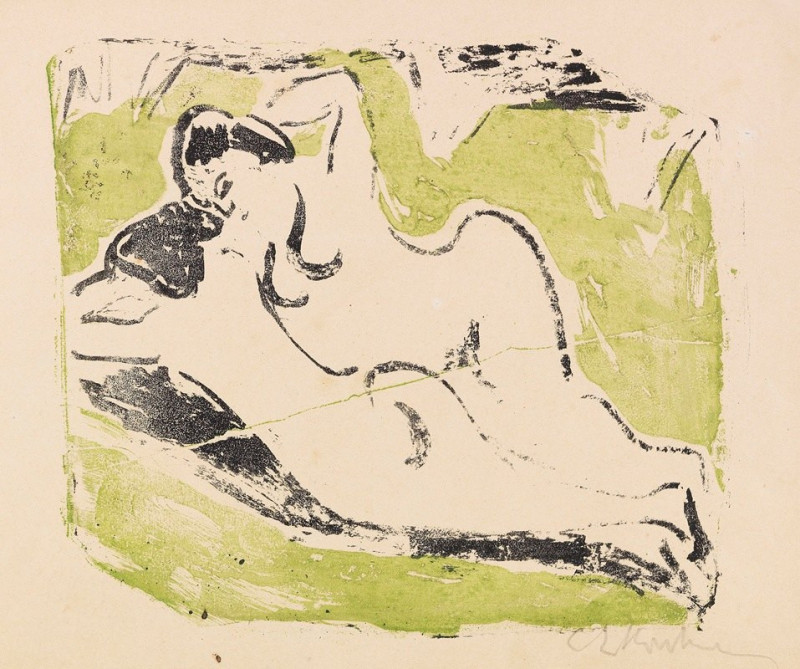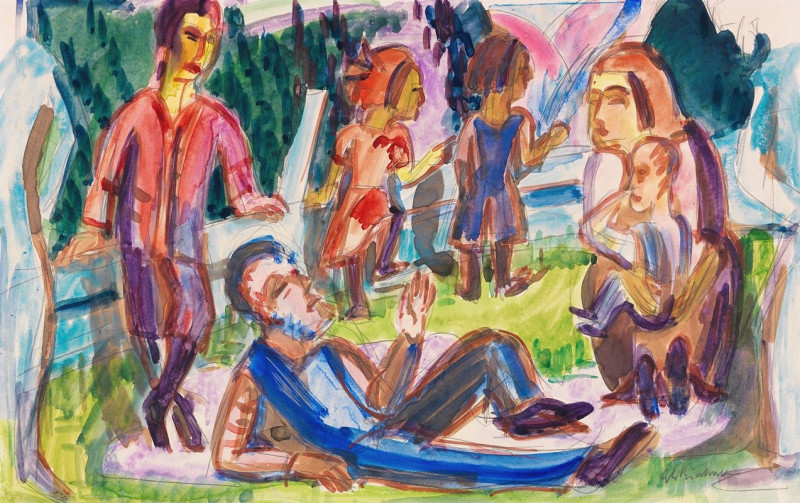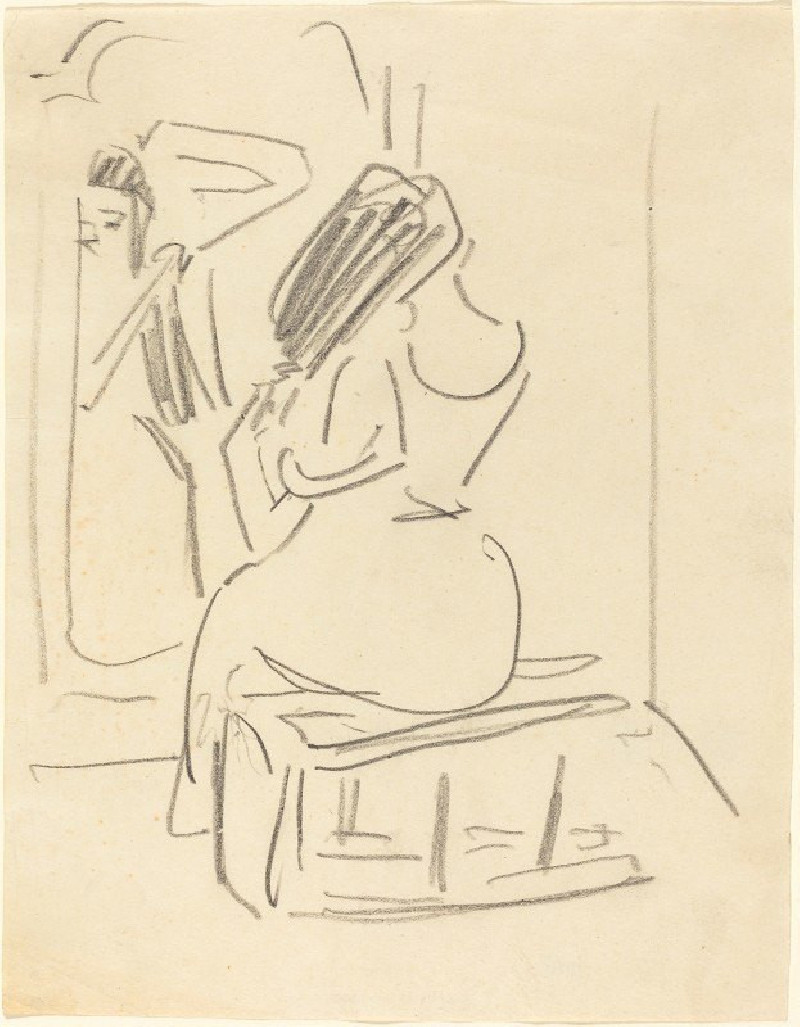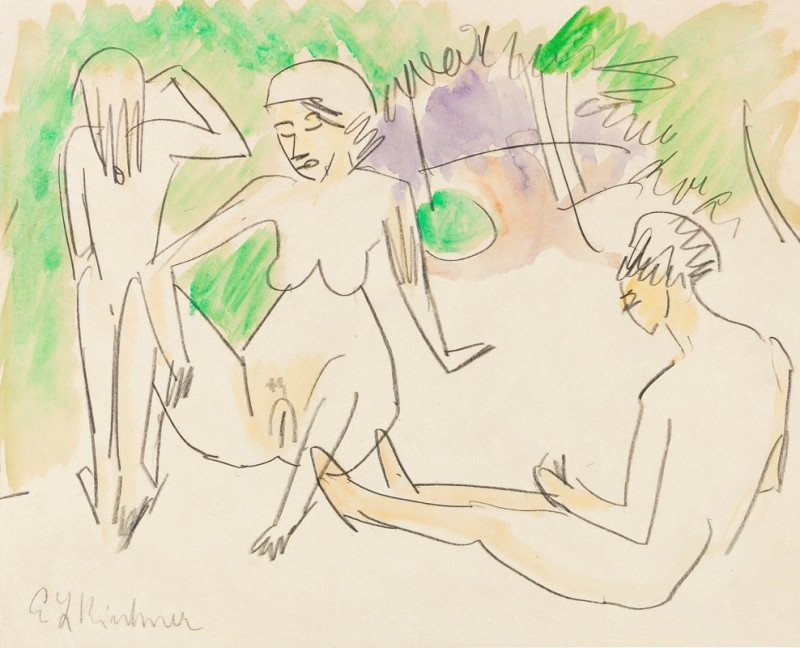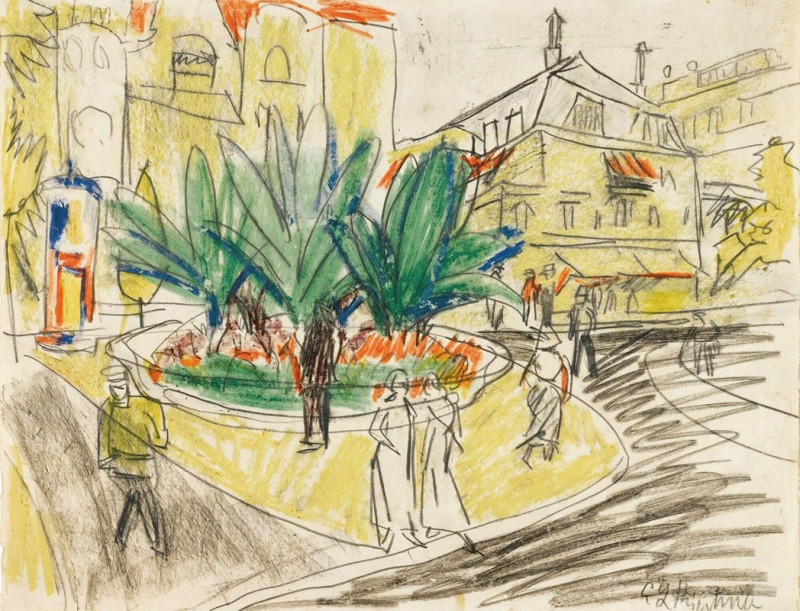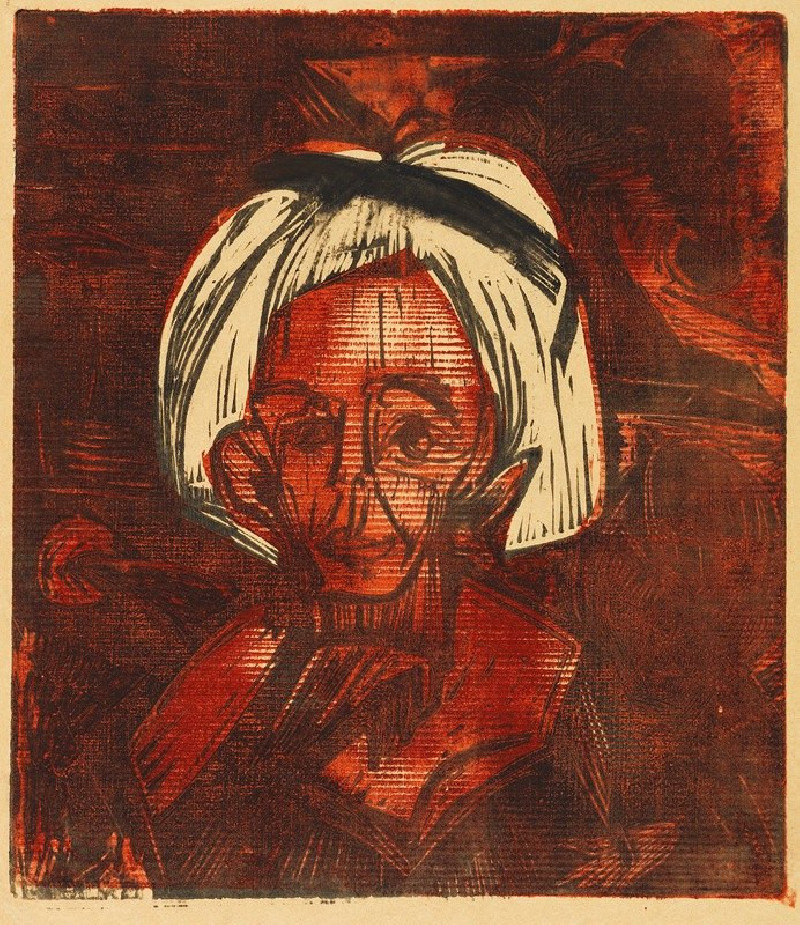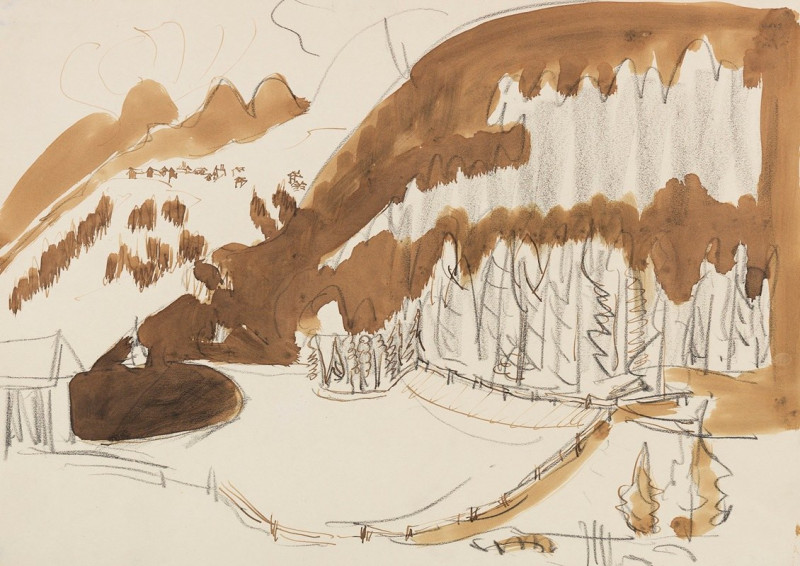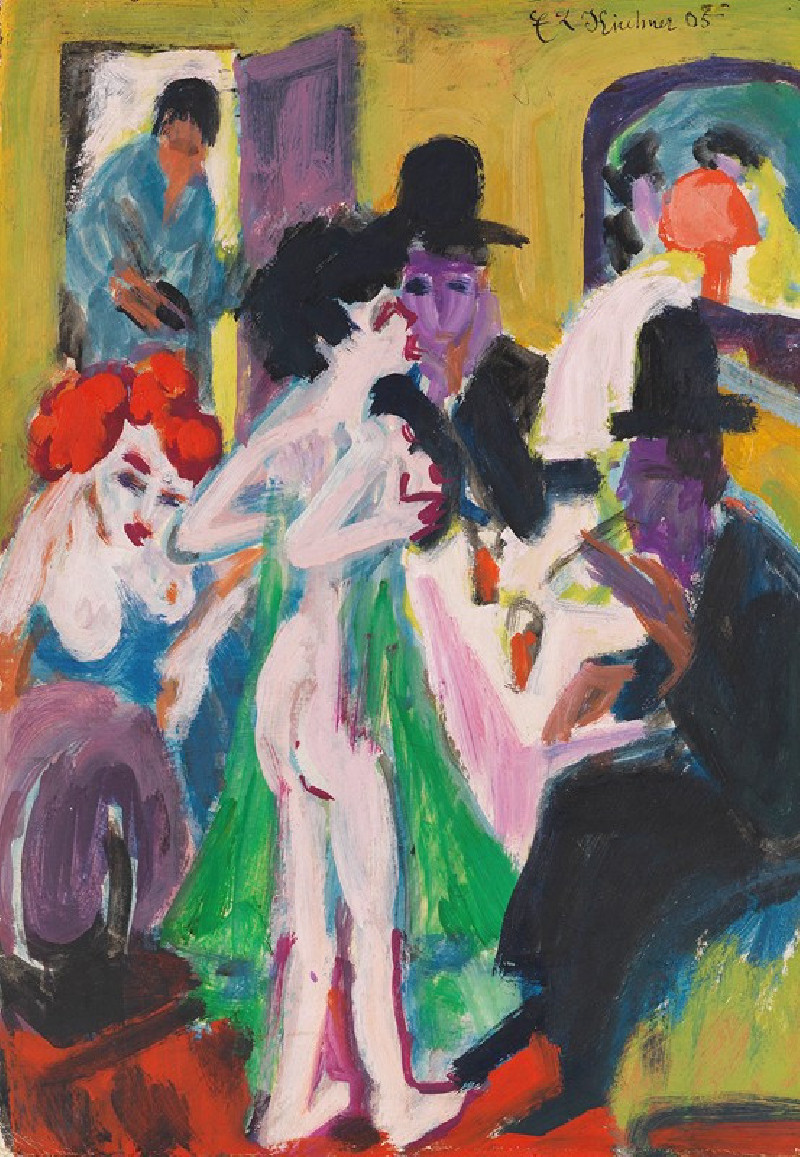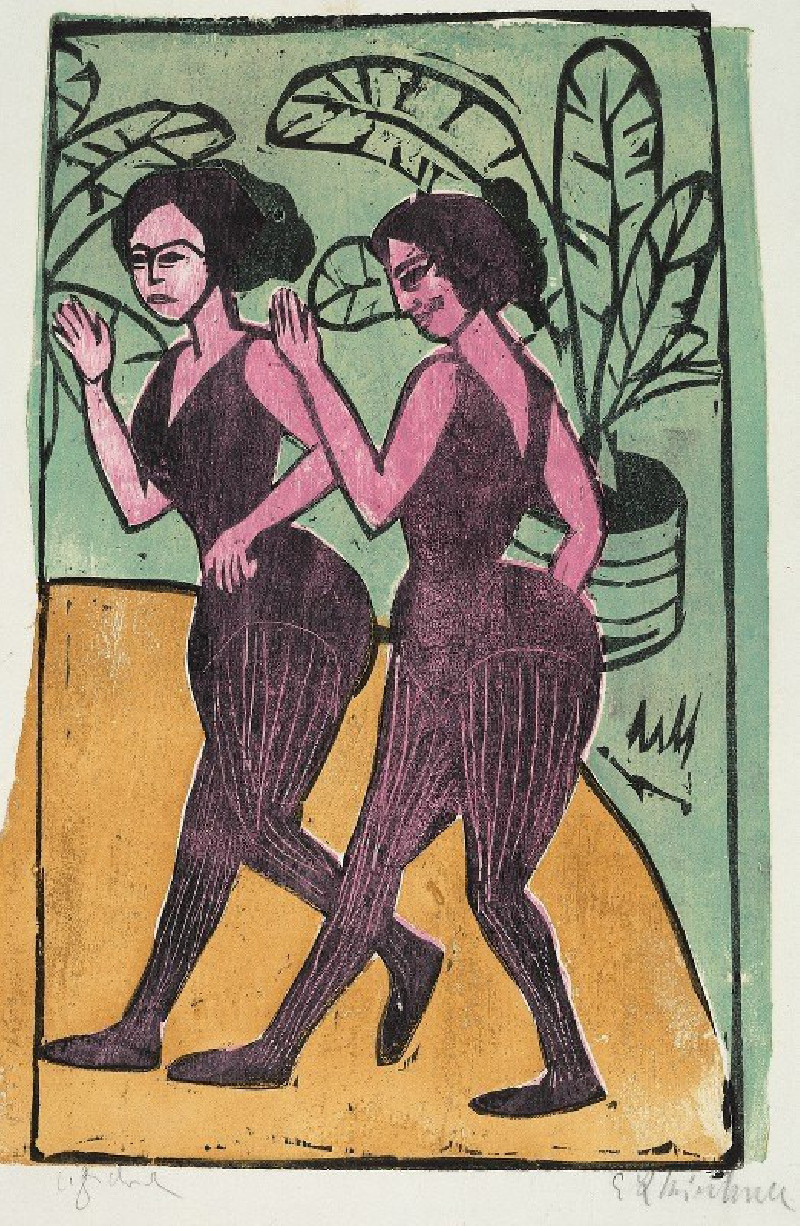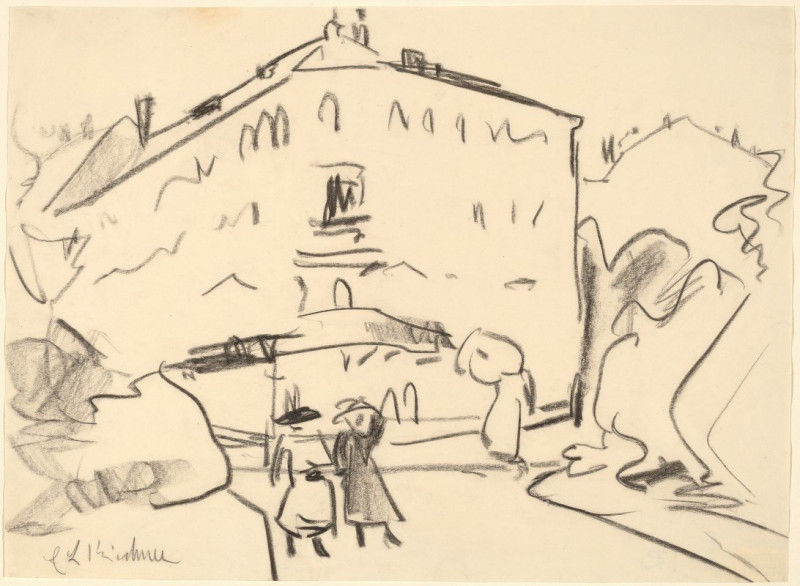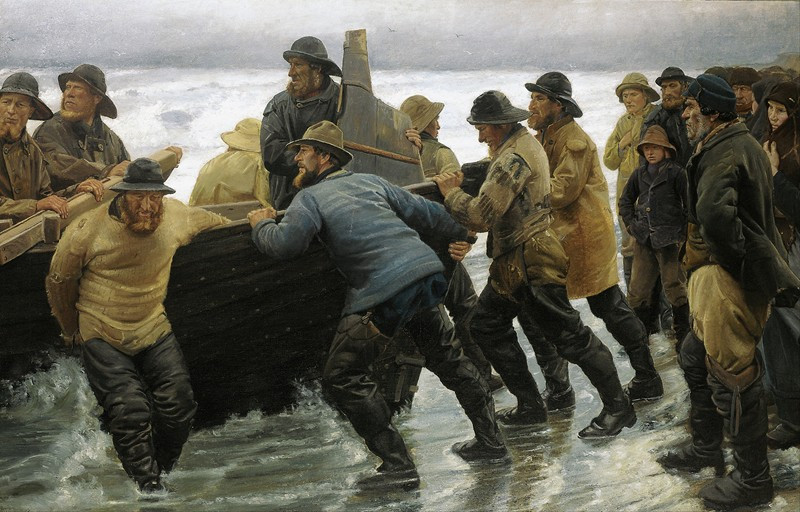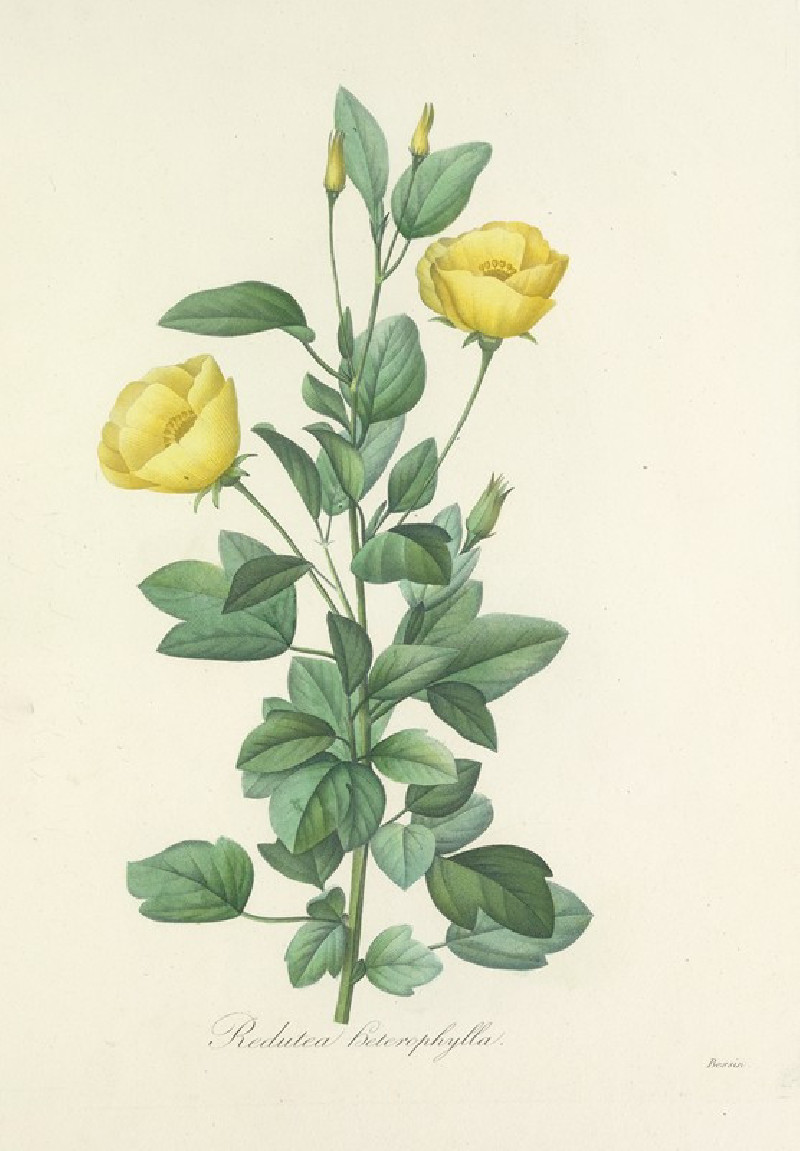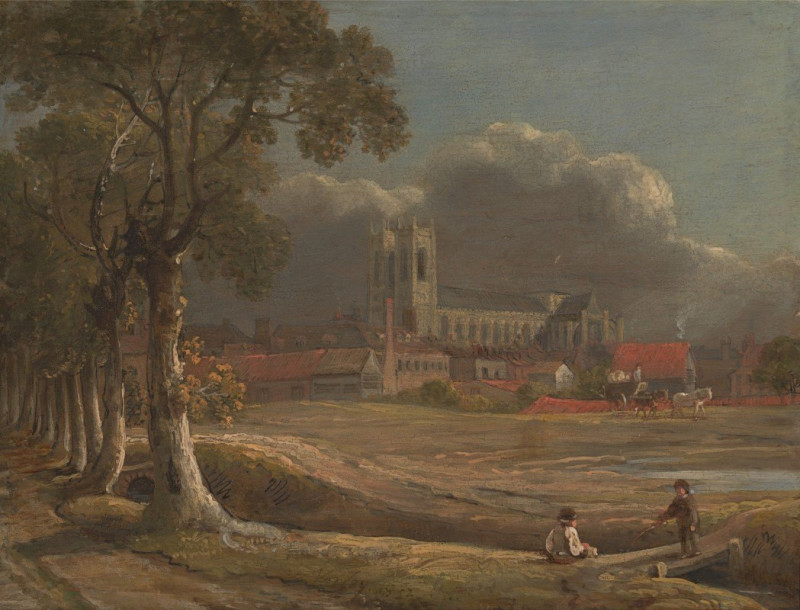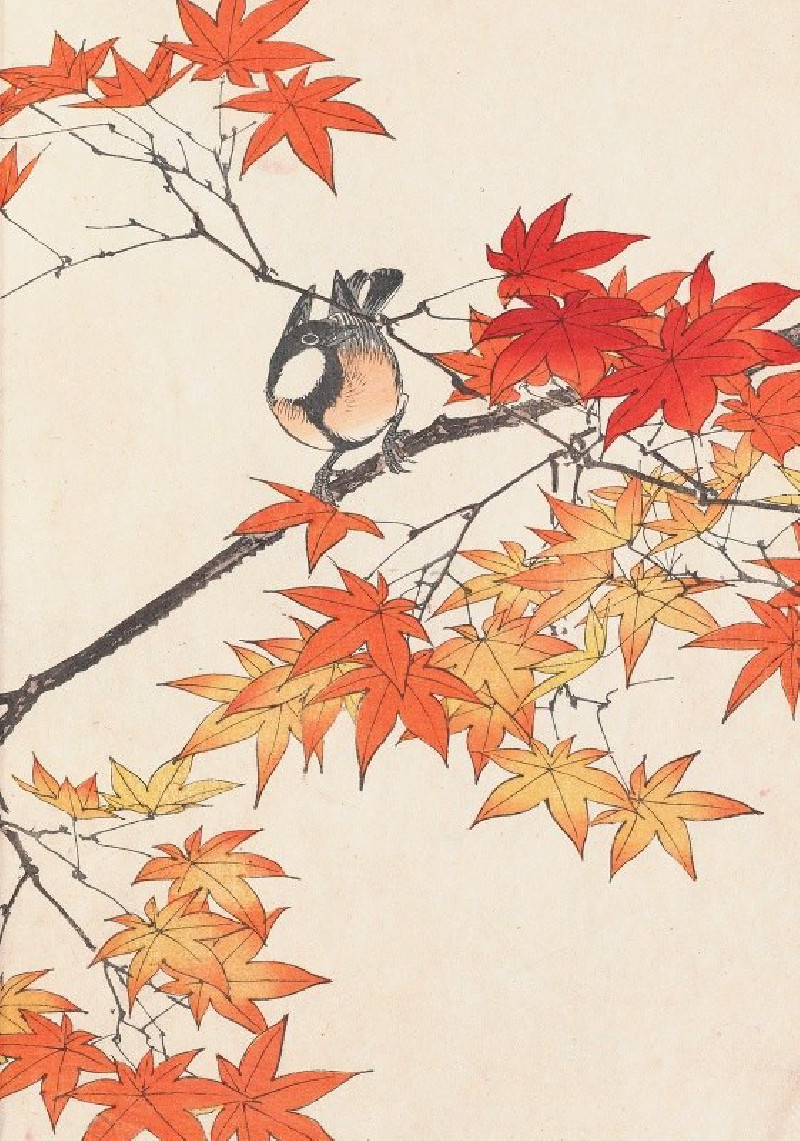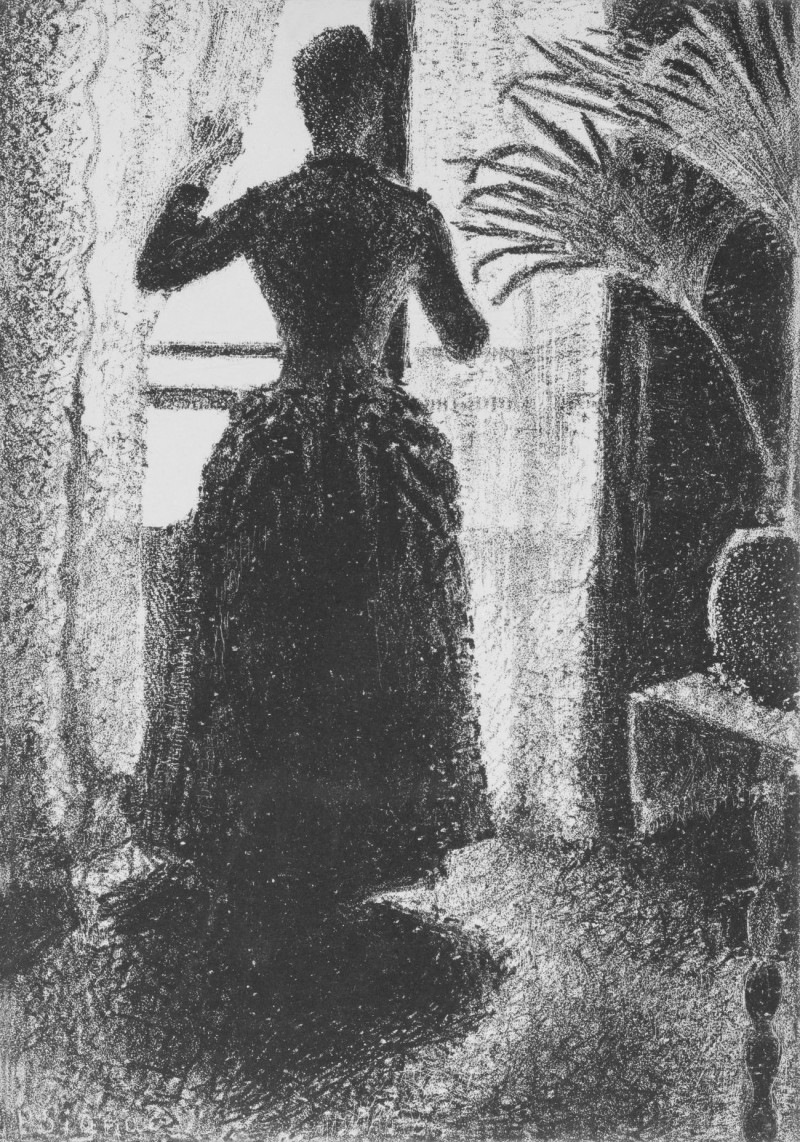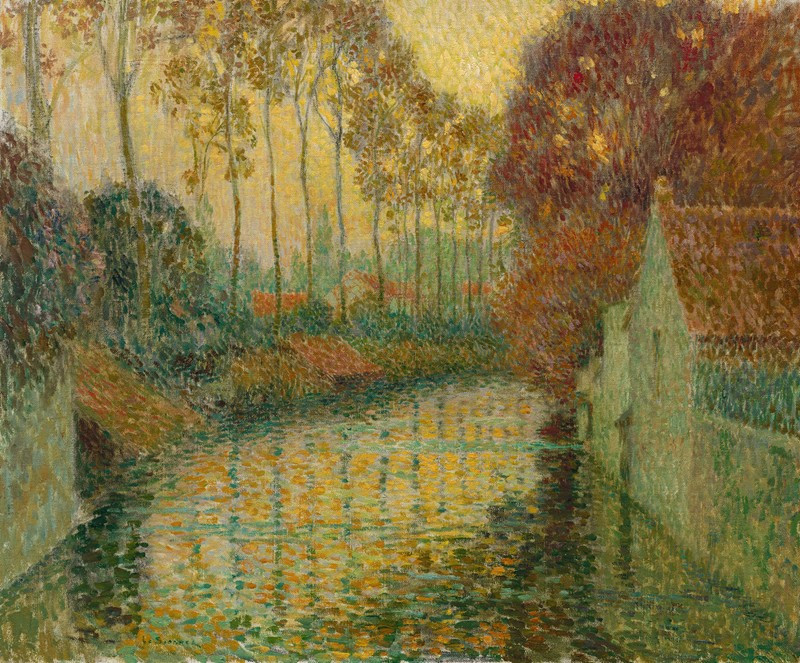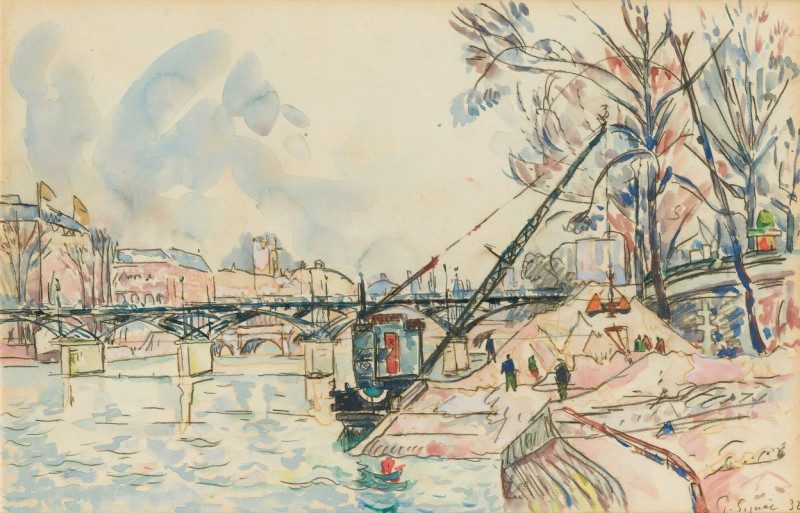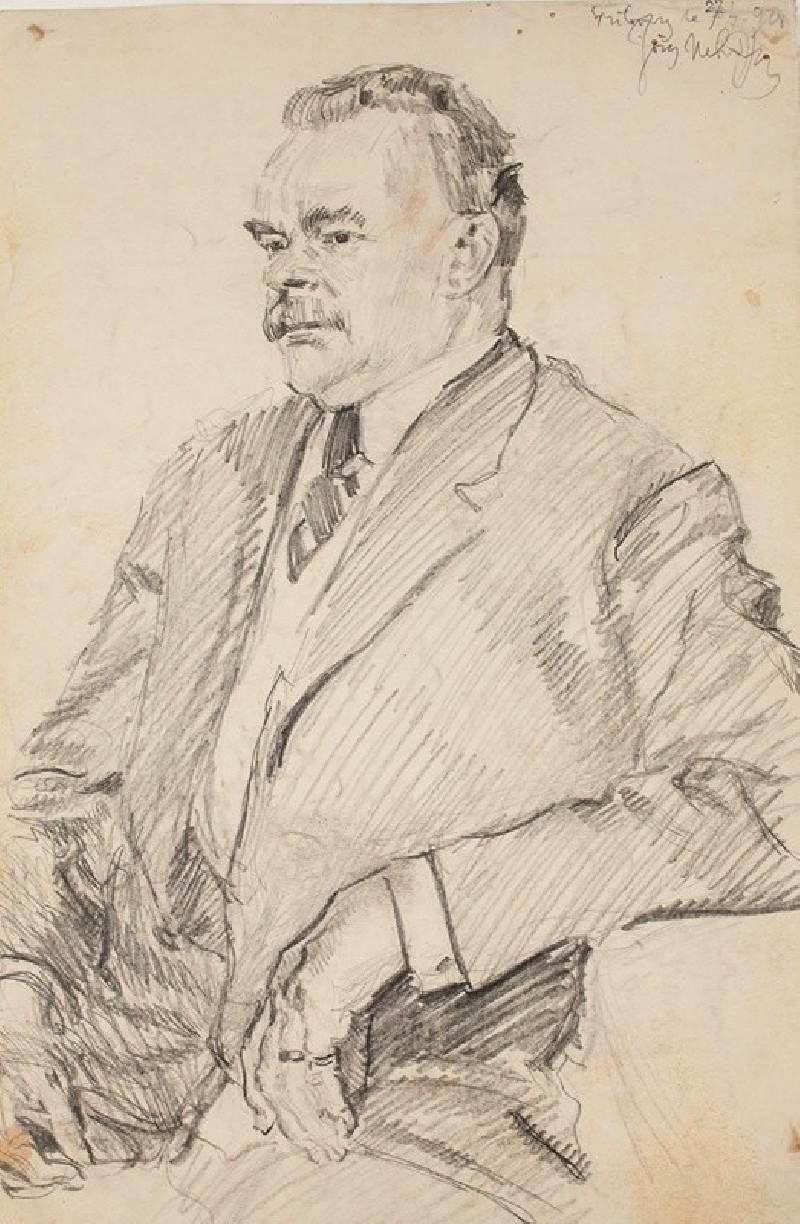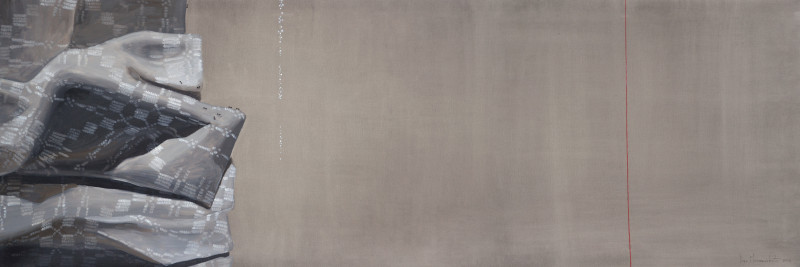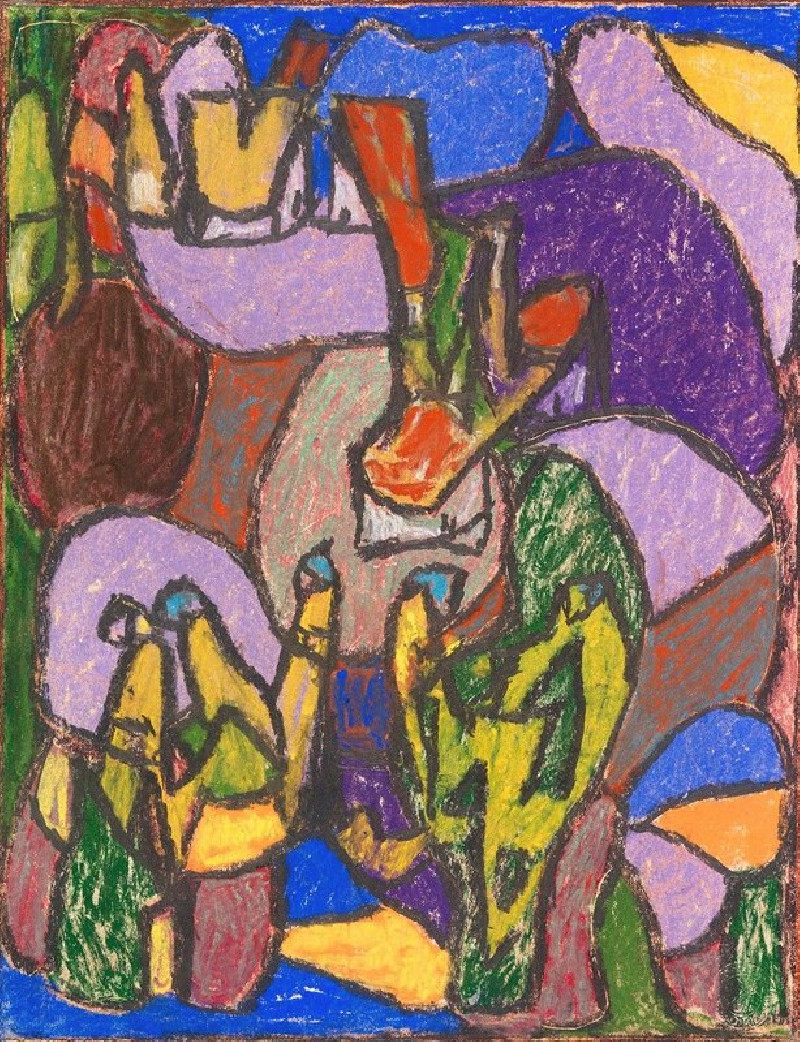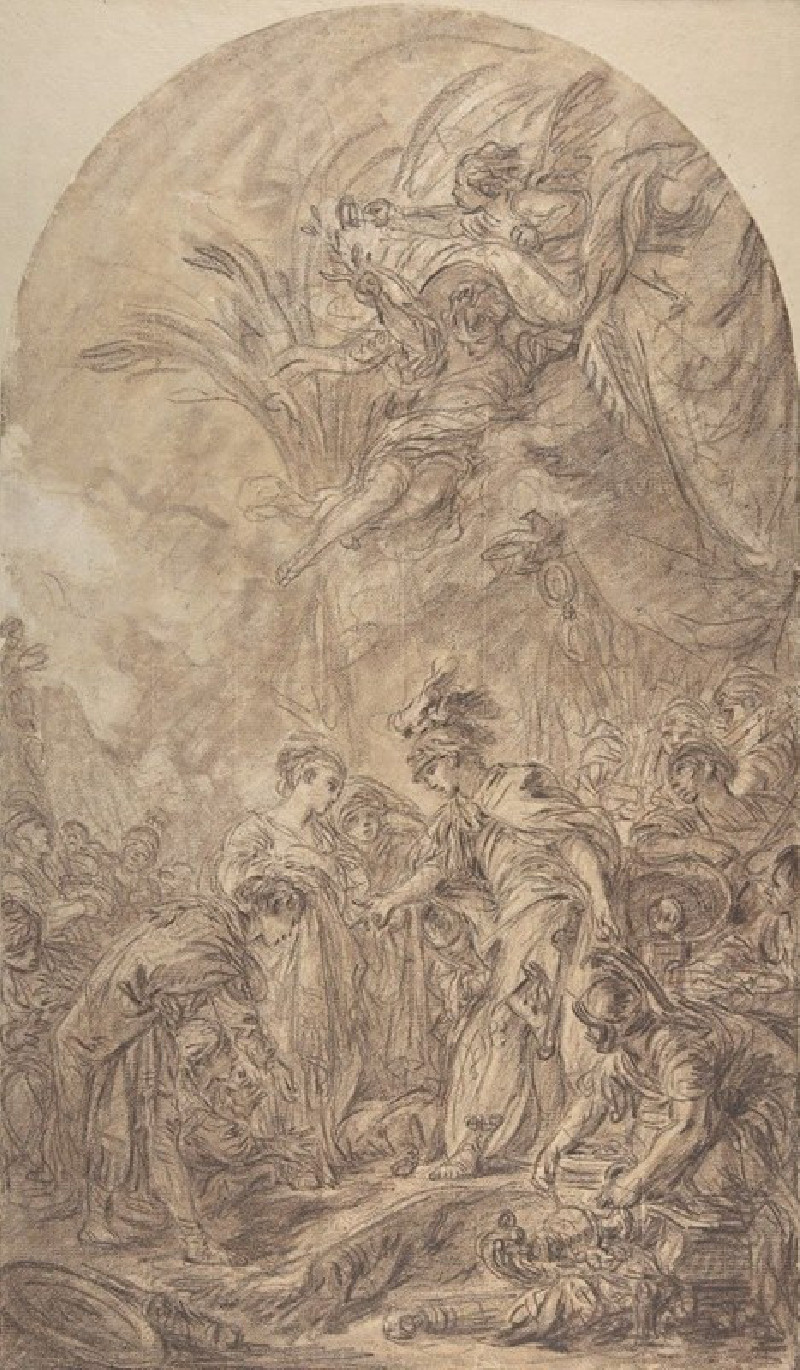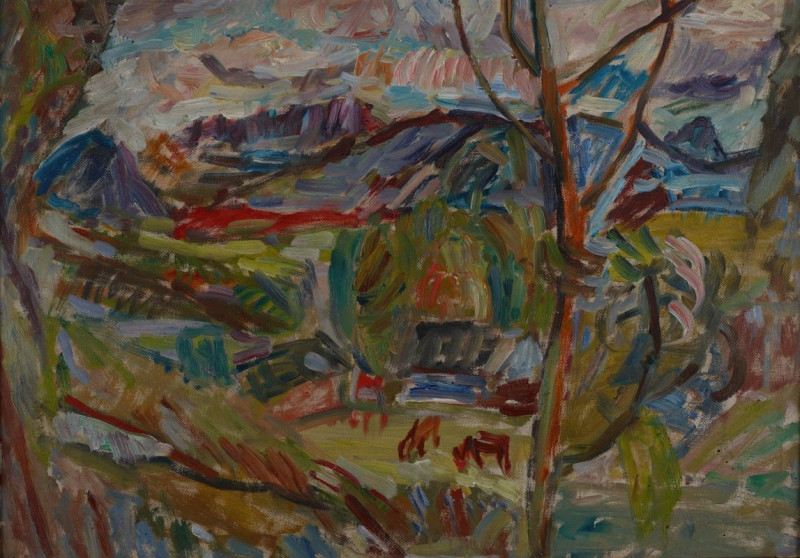Footpaths and Pavilion in the Dresden Grosser Garten (c. 1909)
Technique: Giclée quality print
Recommended by our customers
More about this artwork
In the enchanting sketch titled "Footpaths and Pavilion in the Dresden Grosser Garten," Ernst Ludwig Kirchner captures a serene moment in a lush park setting. The artwork, created around 1909, features gentle, sweeping lines that draw the viewer's eye along meandering paths that traverse the composition. The central focus of the drawing is a quaint pavilion, delicately depicted and nestled amongst the soft outlines of foliage and trees. The simplicity of the medium, which appears to be charcoal or pencil on a textured paper, enhances the tranquil and almost dreamlike quality of the scene. Kirchner’s expressive strokes convey movement and depth, inviting the observer to wander through this quiet garden vista.
Delivery
Returns
Ernst Ludwig Kirchner (1880–1938) was one of the most important German Expressionist painters. He was a co-founder of Die Brücke, a group of German expressionist artists formed in Dresden in 1905. Die Brücke and Kirchner took inspiration from Vincent Van Gogh and Edvard Munch, as well as African and Oceanic art. They used woodblock printing as a medium to showcase their signature style: flat, unrealistic images with vivid colors. The recurring themes in Kirchner's artworks included exotic cultures, faraway landscapes, self-portraits, dancers and Berlin street life. His paintings and prints effectively portrayed non-European cultures despite the fact that he never traveled outside of Europe.

